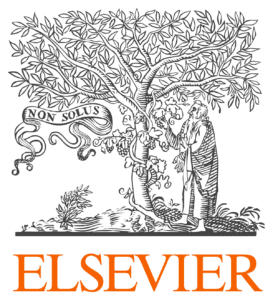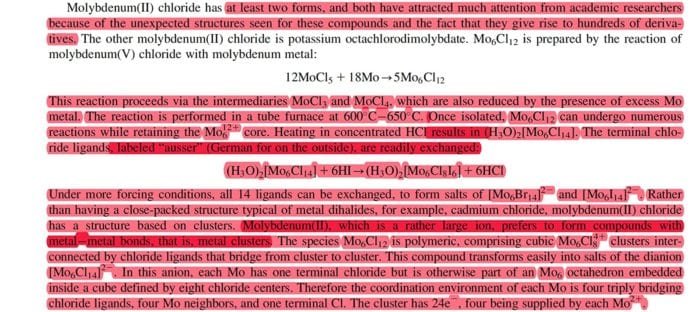How Did a Plagiarized Textbook Get Published?

The Periodic Table: Nature’s Building Blocks is a first edition chemistry textbook that was published by Elsevier in December of last year. However, if you attempt to acquire a copy from the publisher, you’ll find that it has been retracted with the chapters being replaced by a retraction notice.
As originally reported by Retraction Watch, the retraction is owed to Tom Rauchfuss, from the University of Illinois Urbana-Champaign. He was tipped off by a Finnish Wikipedia editor thatt noticed similarities between the book and wanted to know if Rauchfuss felt the editor should be contacted.
Rauchfuss initially contacted the first author of the book, Theo Kloprogge, but claims that he largely ignored the complaint and even claimed to have checked the chapter in iThenticate and not found any issues. He followed up with the book’s second author and was similarly ignored and the book’s third author said he only provided images and couldn’t comment on the text.
Disclosure: I am a former paid blogger and consultant for Turnitin, the owners of iThenticate.
From there, Rauchfuss decided to contact Elsevier, and it was there he received a near-immediate response. On January 6, the publisher sent him an email that read as follows:
I wanted to let you know that we investigated the plagiarism claim and found that many large sections throughout the book were taken from Wikipedia or similar sources, as you indicated. We are in the process of making the book unavailable on all of our platforms and withdrawing it for sale from all of our resellers.
Thank you very much for bringing this to our attention, and so quickly, so that we could remove it right away.
Email from Elsevier
Shortly after that, the book was removed from sale. Though copies remains available on Amazon, they are in limited quantity.
Kloprogge, for his part, has never addressed the plagiarism. He told Retraction Watch that it was too painful to discuss and declined to comment on a recent story about it in Chemistry World.
But all of this raises a difficult question: How did the book get published in the first place?
What Happened?

In the Chemistry World article, Rauchfuss notes that, “There exists software that contains an algorithm to check a few words in a series to see if they match another text.” He then adds, “The surprising thing is that they apparently didn’t do that.”
It’s a valid point.
As you can see in the image above, there is nothing subtle about this plagiarism at all. It involves lengthy passages from one of the most visible and available sources on the planet, Wikipedia. One would think that, if the plagiarism is serious enough to warrant retracting the whole book, it would be caught before publication.
Elsevier, as a publisher, is no stranger to plagiarism detection. The company is a major member of Crossref, which operates the Crossref Similarity Check. That is a cooperative effort between publishers to ensure that plagiarism from journals are detected, even if those journals are behind a paywall.
To make matters more interesting, it’s powered by iThenticate, which is the same tool that Kloprogge claimed to have used on the chapter when defending the book.
Unfortunately, it’s pretty clear that this book did not receive due diligence before publication. Even a cursory check likely would have found these passages. The only reasonable assumption is that a plagiarism check was not part of the editorial process or, if it was, that it was not adequate.
Though Elsevier is not the first publisher to fail to perform its due diligence, it is a major scientific and education publisher. It’s responsible not just for thousands of journals, but countless textbooks and other educational works. That makes seem much more out of place.
While this one incident won’t likely seriously harm Elsevier’s reputation, it does raise a lot of questions that, so far, it hasn’t answered.
Bottom Line
To be clear, Elsevier’s response to the plagiarism once it was discovered was wonderful. They reacted quickly, decisively and transparently to address the issue. Their retraction was appropriate for the severity of the issue and it was likely a choice that came with some sacrifice to them.
That said, as a publisher, Elsevier has an extremely important role when it comes to publication ethics. To have such a clear and obvious plagiarism slip through the cracks is worrisome.
In addition to retracting this work, Elseiver needs to be transparent about how this particular work slipped through and what steps they are taking to prevent it from happening again.
Elsevier needs to be a leader when it comes to dealing with research and academic integrity and this case calls that role into doubt. To take that role, they need to set an example not just with this work, but with future ones as well.
Want to Reuse or Republish this Content?
If you want to feature this article in your site, classroom or elsewhere, just let us know! We usually grant permission within 24 hours.
